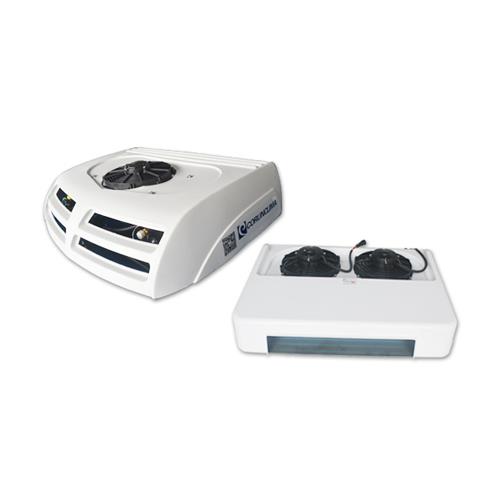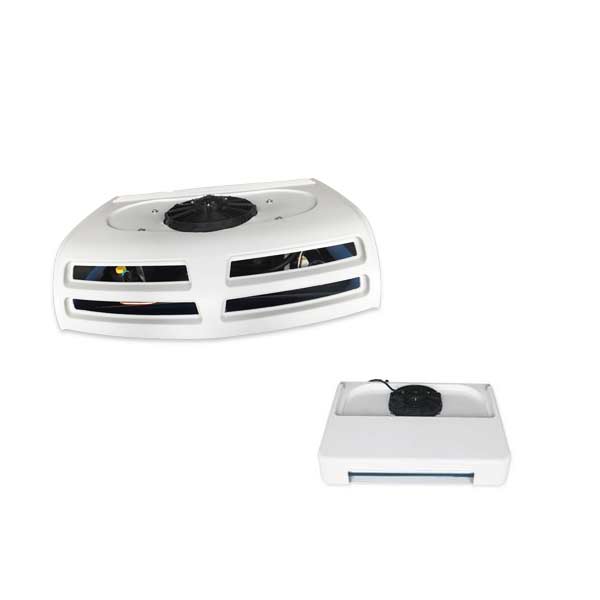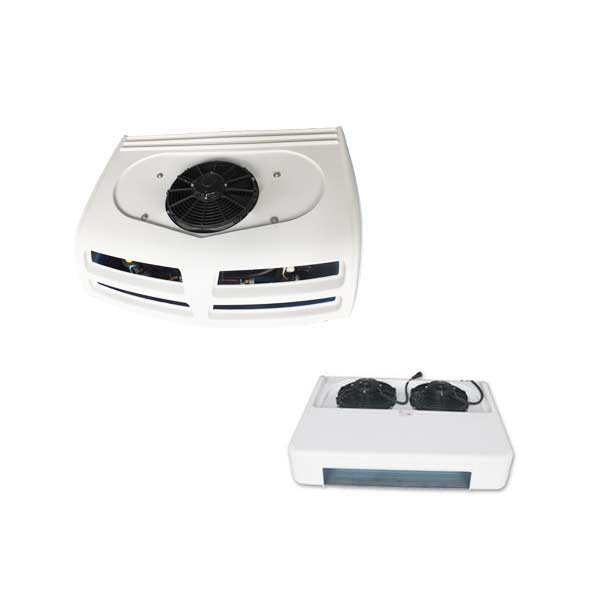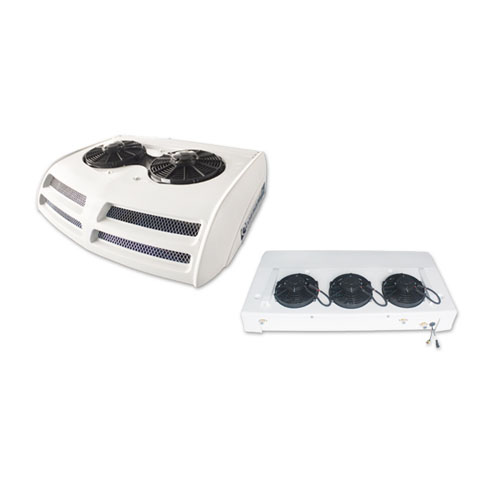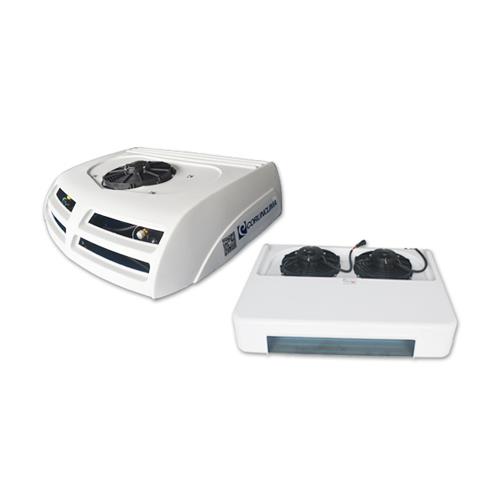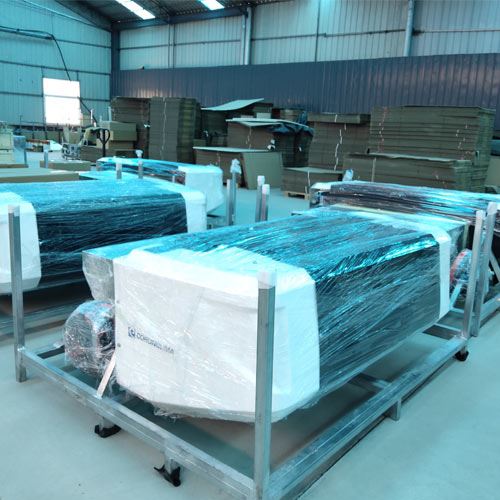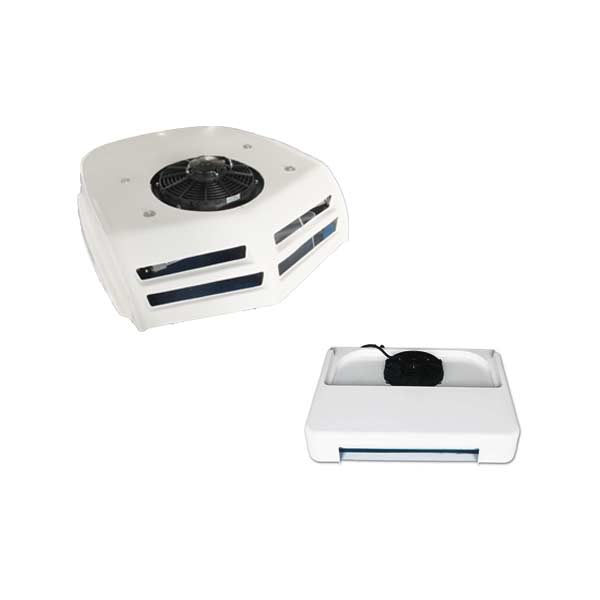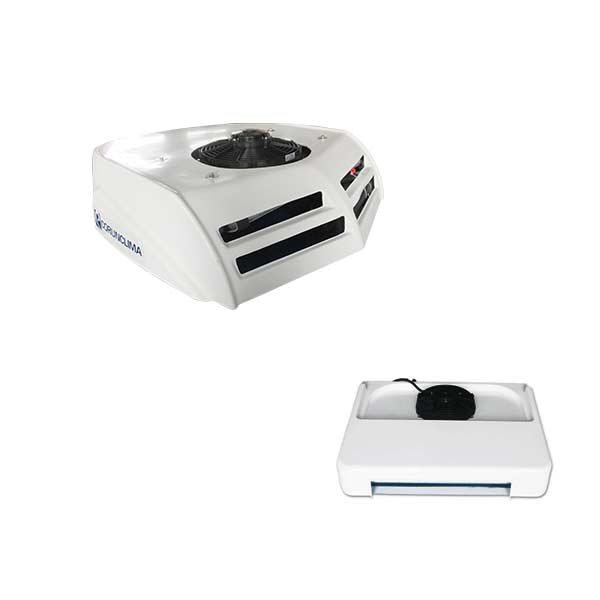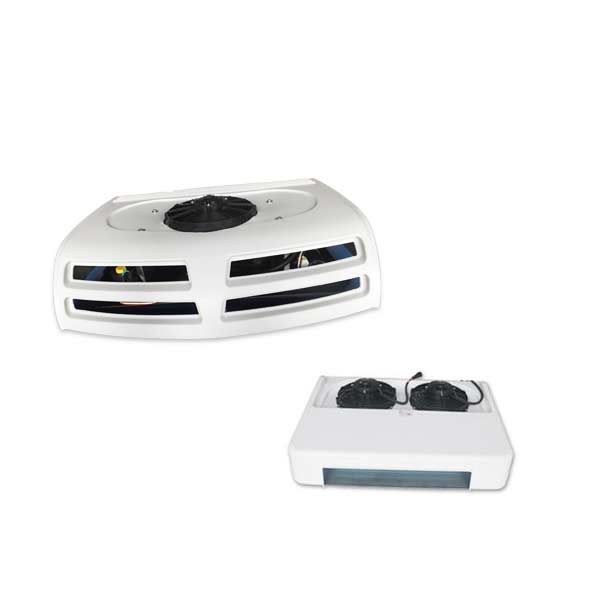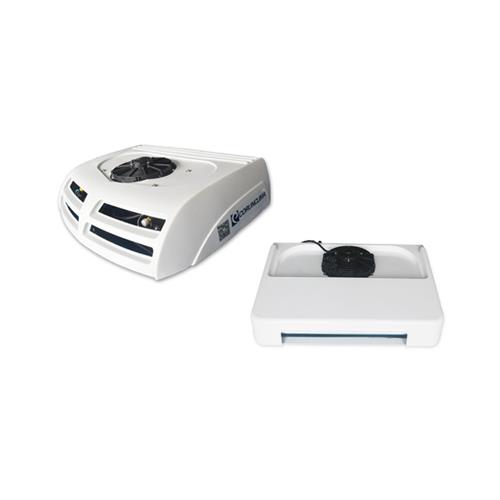The cargo must be pre-cooled to the required temperature and the temperature of the cargo checked during loading; the refrigeration unit is used to maintain the temperature of the cargo, not to reduce the temperature of the cargo.
Users of many truck refrigeration units have a misconception that it is believed that the refrigeration unit on the truck refrigeration unit can freely freeze or heat the cargo loaded into the vehicle to the temperature it requires. Therefore, the cargo that is less than the transport temperature requirement is loaded into the passenger compartment, and then the refrigeration unit is set to the required transport temperature, and the temperature of the cargo is lowered or raised to the required temperature for a certain period of time. However, the opposite is true. The goods can not only drop the temperature (or not rise), but cause the goods to be damaged or deteriorated. Because the truck refrigeration unit does not lower the temperature of the cargo, but maintains the temperature of the cargo, he wraps the cargo like the quilt that we used to sell cold drinks. When the cold (hot) source of the outside is radiated, conducted, and convected into the body, the cold air blown out by the refrigeration unit is taken away, and the heat source is prevented from entering the cargo.
Therefore, when loading, you must first measure the temperature of the loaded goods. If the set point temperature of the refrigeration unit is higher or lower than the cargo temperature, the temperature of the cargo in the cabin is difficult to reach the temperature required for transportation. The storage temperature of the goods must be consistent with the transportation temperature. If the temperature of the goods changes frequently, the water will be lost, which will lead to changes in the quality of the goods, resulting in a shortened shelf life of the goods.


